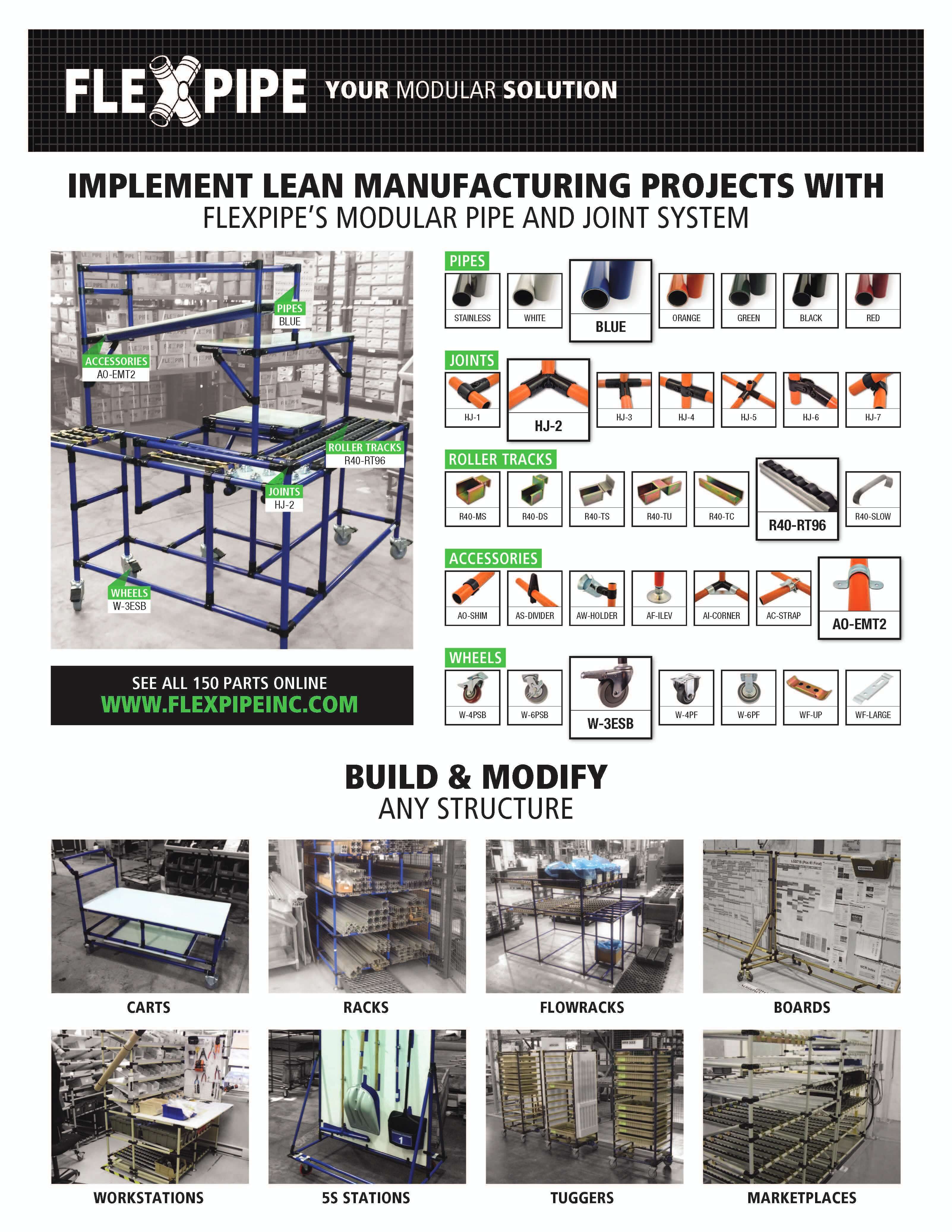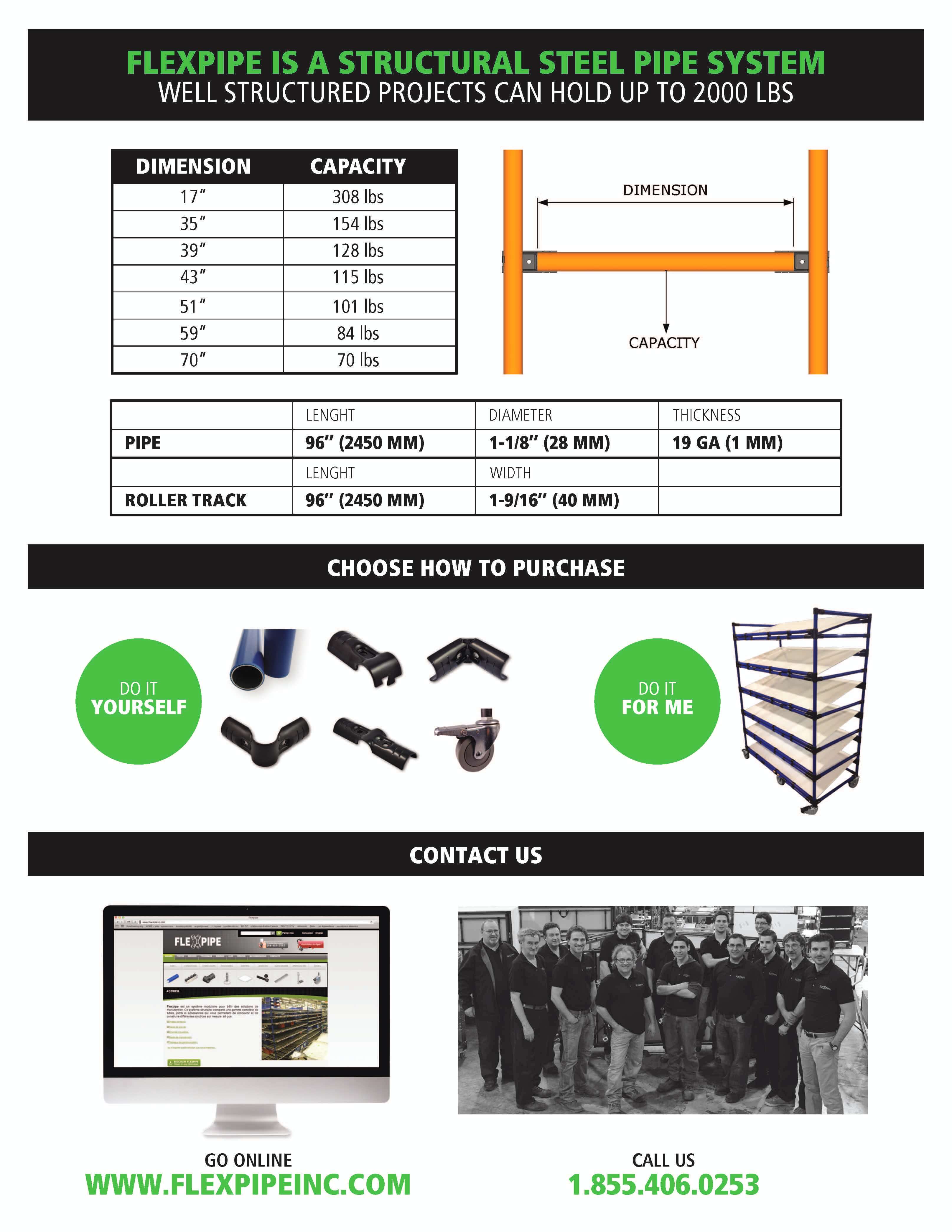Contrary to popular belief, innovation isn’t always the result of a costly and challenging process. Sometimes, a little imagination and resourcefulness are all it takes to solve recurring problems. The moonshine shop, a corporate continuous improvement concept, is part of a new trend built around that notion. Here are ten things you may not know about this increasingly popular practice.
Listen to Cesar Flores owner of consulting firm Lean Moonshine shop going deeper in every aspects of a moonshine shop, from getting started to budget aspects.
Issue and ideas submitting process
Approval process
Space needed
Budget
How to calculate ROI
Download your printable PDF Moonshine shop checklist
1 - Moonshine shops were inspired by Prohibition
During the Prohibition era, from 1919 to 1933, Americans got creative and started making their alcohol, often at night by the light of the moon, from whatever materials and food (fruit, vegetables, etc.) they had on hand. This illegal liquor was dubbed “moonshine.”
2 - Toyota, a continuous improvement pioneer
[caption id="attachment_26468" align="alignnone" width="814"] Photo: The moonshine is directly connected with the human factor of the lean concept since the operators and assemblers who take part in the production chain are always invited to suggest improvements. They are the main players in a moonshine. Source: thedrive.com[/caption]
Without Toyota, the moonshine shop would probably have never come about. From 1948 to 1975, the automotive giant developed the famous Toyota Production System (TPS), a corporate philosophy that sought to find the most efficient production methods while eliminating waste.
Associated with what’s known in North America as “lean manufacturing,” TPS has inspired a variety of related concepts. Chihiro Nakao, founder of the Shingijutsu Company and a former Toyota employee, used TPS as a springboard to develop the moonshine shop.
3 - Failure is part of the process
In a moonshine shop, employees use simple and inexpensive materials to find solutions to problems they encounter in their day-to-day work. Using affordable materials means fewer budget constraints and lets employees give free rein to their creativity.
What’s more, that a fear of failure doesn’t hinder creativity. Quite the opposite—failure is a normal part of the creative process. For instance, if employees in a moonshine shop design an inefficient forklift, they don’t need to be afraid of being reprimanded by their superiors for wasting valuable company resources. They just roll up their sleeves and find a way to make it better. They might use protostorming and trystorming, which make it easy to create simple physical prototypes quickly.
Here's a good example of how to sketch processes and ideas while doing a brainstorm with the team.
At GE the mocking-up process is very important. And here again, the emphasis is put on the energy deployed around an improvement. It does not need to be big and beyond expectations to be put in place. After having evaluated all aspects, the actions taken have to be accordingly to the real needs and not bigger.
4 - Working together to find solutions is the most significant advantage
One of the main advantages of the moonshine shop is how fast you can implement improvements. For example, if an employee regularly performs a non-ergonomic movement, they can report the problem to the moonshine shop manager.
Instead of calling a subcontractor and waiting months for them to come and adjust the employee’s workstation, the manager (often called the “lean sensei”) can quickly come up with and implement a solution. The employee will be happy and feel like the company cares about them. This will encourage them to contribute other ideas, helping foster a culture of innovation within the company.
[caption id="attachment_26473" align="alignnone" width="814"] At Avio Aero plant in Bielsko-Biała the notion of working together is key to success. Source: magazineabout.com[/caption]
At Avio Aero plan in Bielsko-Biala Employees on the production line are here again submitting their ideas to the Moonshine shop manager via email or submission forms that are available everywhere on the plant. The moonshine shop manager will prioritize requests and organize a shop where different types of employees will be invited. It is good to also include workers outside the process to get some fresh ideas and perspectives.
5 - Moonshine shops foster innovation
If you’re already using other concepts to improve and optimize corporate processes and productivity, such as protostorming, trystorming, kaizen, Karakuri, or the 5S method, you’ll be happy to know that a moonshine shop is fully compatible with and complementary to these concepts.
6 - Suitable for any company
Simple to set up, moonshine shops aren’t just for multinationals like Toyota. Small- and medium-sized companies can also reap the benefits.
At Flexpipe, for instance, employees who want to cut down on physical waste can use a board. Using sketches, they first describe the current situation and then propose a solution. Once they are finished, the Continuous Improvement Committee, composed of four or five people, evaluates their proposal.
If the solution is approved, several employees are released from their regular duties to work in the moonshine shop. Using basic tools (saw, measuring tape, Allen wrenches, worktable, storage unit, etc.) and other materials, such as Flexpipe pipes and joints, wheels, and magnets, they make the solution proposed by their coworkers.
7 – Maintenance is not moonshine
Your company probably has a department that deals with everyday issues at the plant. These experts monitor, control, and maintain the equipment regularly to avoid breakdowns that could affect productivity. Although the moonshine shop shares this same principle, it has a different goal.
Instead of performing corrective and preventive maintenance, moonshine shop employees focus on continuously improving corporate processes. Rather than simply repairing a damaged workstation, they find ways to improve it so that it is out of service less often.
At Boeing, moonshining is everyone's business, but there are also people dedicated to it full-time. Efforts have been made to ensure that lean and continuous improvement workshops are applied outside of the production environment. Boeing in Seattle has therefore created a model of continuous improvement modeled on the philosophy of the moonshine with employees who, naturally, have a maintenance profile. The maintenance people are very creative and resourceful. It is also characteristic of the moonshine shop. This combination is undoubtedly a winner! But even though, don't forget that maintenance and Moonshine shops are two separate and totally different activities.
[caption id="attachment_26446" align="alignnone" width="429"] Moonshine shop at Boeing. Source: reliableplant.com[/caption]
Even though production at Boeing is on a large scale, the goal of the moonshine shop is on a small scale. We must ask ourselves the following question: should we deploy costly, extravagant, and time-consuming solutions to solve problems that require targeted and rapid actions at workstations that have a more or less limited lifespan.
Consult this entire slide presentation to know more about Moonshine process at Boeing
And, just because we like to see this video again and again, here's the famous time-lapse video of a Boeing 737 construction!
8 – Support from management is essential
[caption id="attachment_42420" align="alignnone" width="714"] Overview of a training space and continuous improvement workshop of a company in the packaging industry.[/caption]
Even with the best intentions in the world, a moonshine shop cannot be useful without constant and unwavering support from management. Senior management should keep in mind that employees assigned to this department will inevitably make mistakes and possibly “waste” company time and resources.
What’s more, although a moonshine shop is inexpensive to set up, it needs an operating budget and a certain degree of structure. It also requires a manager to serve as the go-between for employees and management, to ensure, among other things, that projects are running smoothly.
9 – Ideally, employees should receive value-added management training
Since the moonshine shop is a tool for implementing value-added production initiatives, there must already be a value-added management culture within the company. It’s better if your employees, especially the moonshine shop manager, have received prior training in value-added management and its related concepts, such as protostorming and trystorming. They should also be familiar with the eight wastes and the 5S method. Once trained, employees can take full advantage of a moonshine shop.
10 – A moonshine shop doesn’t have to take up a lot of space
To set up an efficient and productive moonshine shop, you need a dedicated space at the plant, equipped with basic tools and materials. For example, some companies have a moonshine shop right in the middle of their facility so that employees can see innovative work taking place in real-time.
But some small businesses feel they don’t have the space to set up this kind of initiative. If this is the case for you, you should know that there are lots of different solutions, such as folding units, that let you set up a moonshine shop in a relatively small space.
In short, there’s no excuse for not setting up a moonshine shop at your company. After all, continuous improvement is a collective responsibility!
WEBINAR about Moonshine shops - extra tips
What do you need to build your own Crib or Moonshine shop?
______________________________________________________________________________
Visit Lean Moonshine shop
Lean Moonshine Shop Specializes in real Kaizen/ Kaikaku implementation, Lean Manufacturing, Lean Process Improvement and problem-solving.



